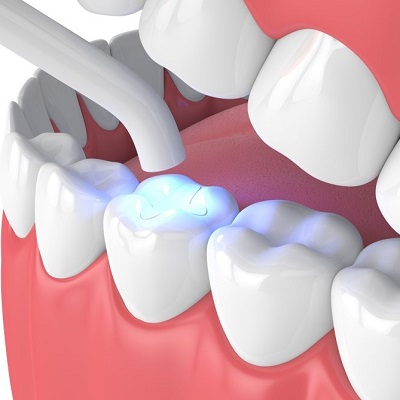Dental fillings are a fundamental aspect of restorative dentistry, designed to repair teeth that have been damaged by decay, trauma, or other factors. This comprehensive guide explores the types of Best Dental Tooth Filling Dubai, their benefits, the process of getting a filling, and post-treatment care.
1. What Are Dental Fillings?
Dental fillings are materials used to restore the function and integrity of a tooth that has been compromised by decay or damage. They fill cavities, seal cracks, and rebuild the tooth’s structure to restore its normal function and appearance.
2. Types of Dental Fillings
Several types of materials can be used for dental fillings, each with its own advantages and disadvantages:
- Composite Resins: Made from a mixture of plastic and fine glass particles, composite resins are tooth-colored and blend seamlessly with natural teeth. They are ideal for visible areas due to their aesthetic appeal. Composite resins are versatile, bonding well to the tooth and requiring minimal removal of healthy tooth structure.
- Amalgam: A durable and cost-effective option, amalgam is made from a mixture of metals including silver, mercury, tin, and copper. While strong and long-lasting, amalgam fillings are noticeable due to their metallic color and are typically used for back teeth.
- Ceramic Fillings: Made from porcelain, ceramic fillings are highly resistant to staining and mimic the appearance of natural teeth. They are durable and offer excellent aesthetic results but are generally more expensive and may require multiple visits to complete.
- Glass Ionomer: This material releases fluoride, which can help protect the tooth from further decay. It is less durable than composite resins and ceramics but is useful for fillings below the gumline or in areas with less pressure.
- Resin Ionomer: Similar to glass ionomer, resin ionomer is a tooth-colored material that releases fluoride. It is used for fillings in areas that are less subject to heavy wear and tear.
3. The Process of Getting a Dental Filling
The procedure for receiving a dental filling typically involves the following steps:
- Diagnosis and Preparation: Your dentist will first examine your tooth and take X-rays to assess the extent of the damage or decay. Once diagnosed, the area around the tooth will be numbed using a local anesthetic to ensure comfort during the procedure.
- Removal of Decay: The dentist will remove the decayed or damaged portions of the tooth using specialized dental instruments. This step is crucial to ensure that all decay is eliminated and that the filling material adheres properly to the tooth.
- Filling the Cavity: After cleaning the cavity, the dentist will fill it with the chosen material. For composite resins, the material is applied in layers and cured with a special light. For other materials, such as amalgam or ceramic, the filling is placed and shaped accordingly.
- Shaping and Polishing: Once the filling is in place, the dentist will shape and polish it to ensure a proper bite and a smooth surface. This step ensures that the filling fits comfortably and functions well with the rest of your teeth.
- Post-Treatment Instructions: Your dentist will provide care instructions for the newly placed filling, including recommendations for eating and oral hygiene.
4. Benefits of Dental Fillings
Dental fillings offer several key benefits:
- Restoration of Function: Fillings restore the ability to chew and speak normally by repairing damaged or decayed teeth.
- Aesthetic Improvement: Tooth-colored fillings improve the appearance of teeth, making them less noticeable compared to metal fillings.
- Prevention of Further Damage: By sealing cavities and cracks, fillings prevent the spread of decay and protect the tooth from further damage.
- Durability: Modern filling materials are durable and designed to withstand normal biting and chewing forces.
5. Post-Treatment Care
Proper care after getting a dental filling is essential to ensure its longevity and maintain oral health:
- Oral Hygiene: Maintain good oral hygiene by brushing twice daily with fluoride toothpaste and flossing regularly to prevent plaque buildup around the filling.
- Avoid Hard Foods: In the first 24 hours after receiving a filling, avoid chewing hard foods or objects that might damage the filling.
- Regular Check-Ups: Schedule regular dental check-ups to monitor the condition of your fillings and address any potential issues promptly.
- Address Sensitivity: Some sensitivity to hot or cold foods may occur after the placement of a filling. If sensitivity persists, contact your dentist for advice.





Comments